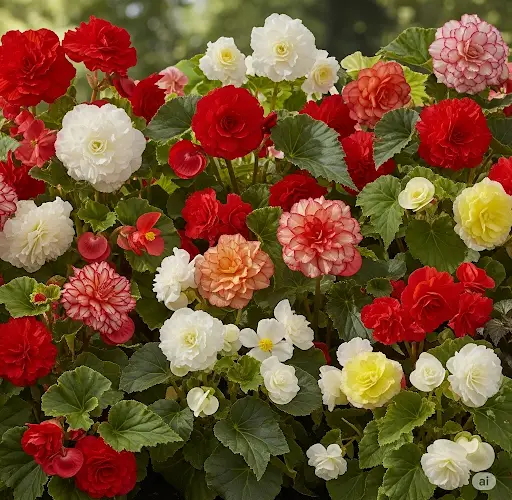Every plant enthusiast has experienced the heartbreak of watching a beloved flower fade—leaves wilt, colors dull, and growth stalls. It might seem like the plant is beyond saving. But what if you could bring even the most lifeless-looking flower back to life and encourage it to bloom better than ever?
It turns out you can. With the right blend of nutrients and a bit of careful care, even the most tired or seemingly “dead” houseplant can be revived. This method is not only budget-friendly and natural, but it also works for a wide range of indoor flowering plants—from geraniums and begonias to orchids, violets, and more.
In this article, we’ll walk through an easy home remedy using ingredients you may already have in your kitchen or medicine cabinet. We’ll also cover the signs of a struggling plant and share a few maintenance tips to keep your flowers blooming profusely for months.
Why Flowers Die—or Seem to
Flowers stop blooming or begin to wither for a variety of reasons, including:
-
Nutrient depletion – soil loses its richness over time, especially in potted plants
-
Watering mistakes – overwatering causes root rot; underwatering leads to wilting
-
Light issues – not enough light limits photosynthesis, while too much can scorch leaves
-
Stress – sudden temperature changes, drafty areas, or repotting can stress plants
-
Pest or fungal infections – often invisible at first, these gradually weaken the plant
Before assuming a plant is truly beyond saving, look for subtle signs of life. Even a single green leaf, firm stem, or flexible root is a signal that revival is possible.
The Revitalizing Flower Feed: Natural and Effective
One of the most effective ways to bring a struggling flower back to health is to apply a simple, homemade tonic that supports the root system, nourishes the plant, and encourages blooming.
Ingredients:
-
1 teaspoon honey – a natural energy booster and antimicrobial
-
1/2 teaspoon instant dry yeast – contains vitamins, amino acids, and enzymes
-
1 teaspoon lemon juice – helps balance pH and fights fungal issues
-
1 liter lukewarm water
Instructions:
-
Dissolve the yeast in a small amount of warm water (about 100 ml) and let it sit for 15 minutes.
-
Mix the honey and lemon juice into the remaining 900 ml of water.
-
Combine everything into one solution and stir thoroughly.
-
Use this mixture to water the plant at the base. Pour about 150–200 ml for a medium-sized pot.
-
Apply once every two weeks during the recovery and blooming phases.
This tonic feeds beneficial microorganisms in the soil, boosts nutrient uptake, and stimulates root activity—all critical factors in reviving a plant.
What to Expect After Application
Within a few days, you may start to see:
-
New leaves forming at the nodes
-
A deepening of green color in existing leaves
-
Flower buds starting to appear
-
A more upright, energetic appearance in stems and leaves
Continue using the solution every 10–14 days. If the plant is severely depleted, results may take a little longer, but gradual recovery should be visible.
Best Practices for Ongoing Flowering
To ensure long-term success and continuous blooming, follow these essential flower care tips:
-
Repot when needed – old soil compacts and loses nutrients; refresh every 1–2 years
-
Water wisely – stick your finger into the soil; if the top 2 cm are dry, it’s time to water
-
Use proper lighting – bright, indirect sunlight is ideal for most indoor flowering plants
-
Rotate the pot – helps the plant grow evenly and prevents one-sided development
-
Trim dead flowers and leaves – keeps the plant focused on new growth
Ideal Flowers for This Method
This natural feed works beautifully on a variety of houseplants and flowering species, including:
-
Geraniums
-
Begonias
-
African violets
-
Peace lilies
-
Hibiscus (indoor varieties)
-
Miniature roses and ornamental flowering shrubs in pots
Avoid using this tonic on succulents, cacti, or plants that prefer lean, dry soil—yeast and honey can promote excess moisture retention and lead to rot in those cases.
Final Thoughts: Don’t Give Up on That Flower Just Yet
Many flowering houseplants are far more resilient than they seem. With a bit of targeted care and a nourishing boost, you can turn around even the weakest plant and watch it thrive. The secret is understanding what your flower needs and delivering it gently but consistently.
This simple homemade mixture has revived countless wilting flowers and turned them into lush, blooming centerpieces. Give it a try, and you might just witness a floral comeback that exceeds your expectations.



